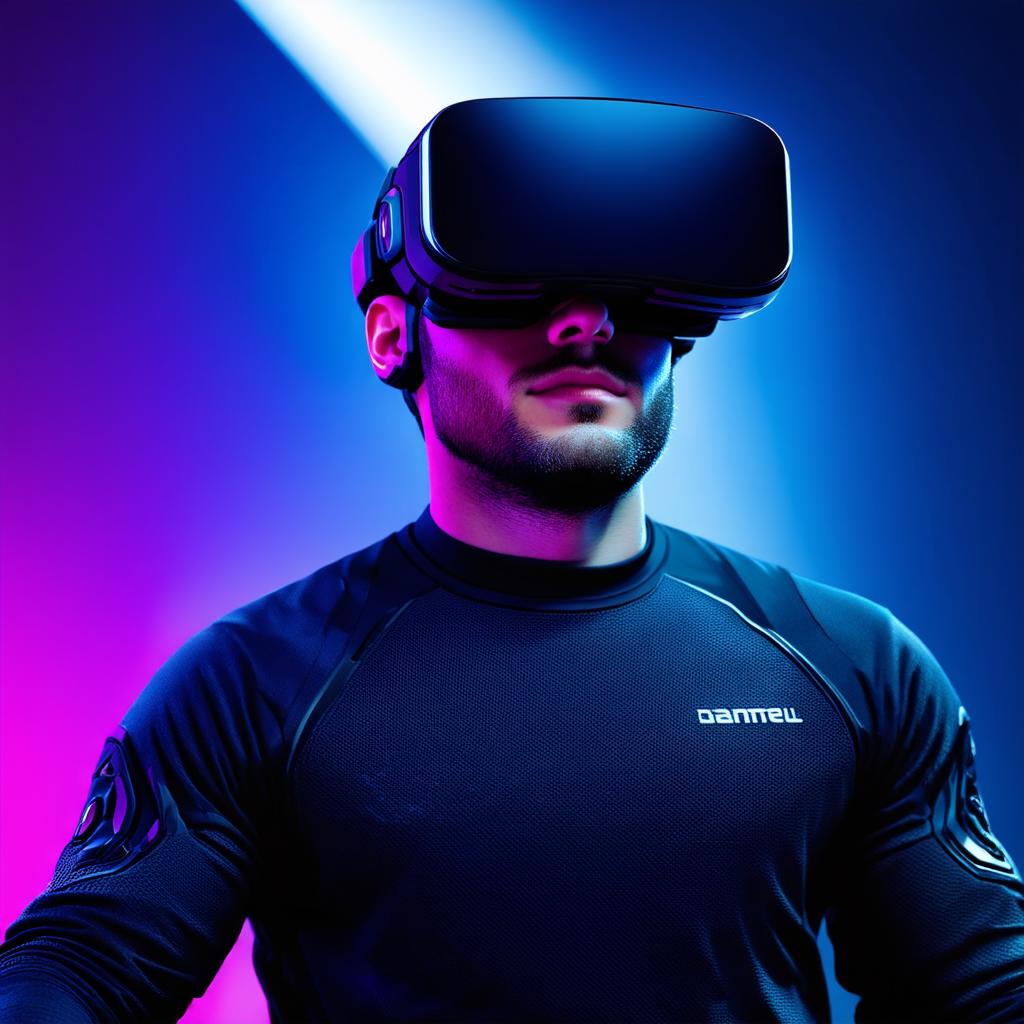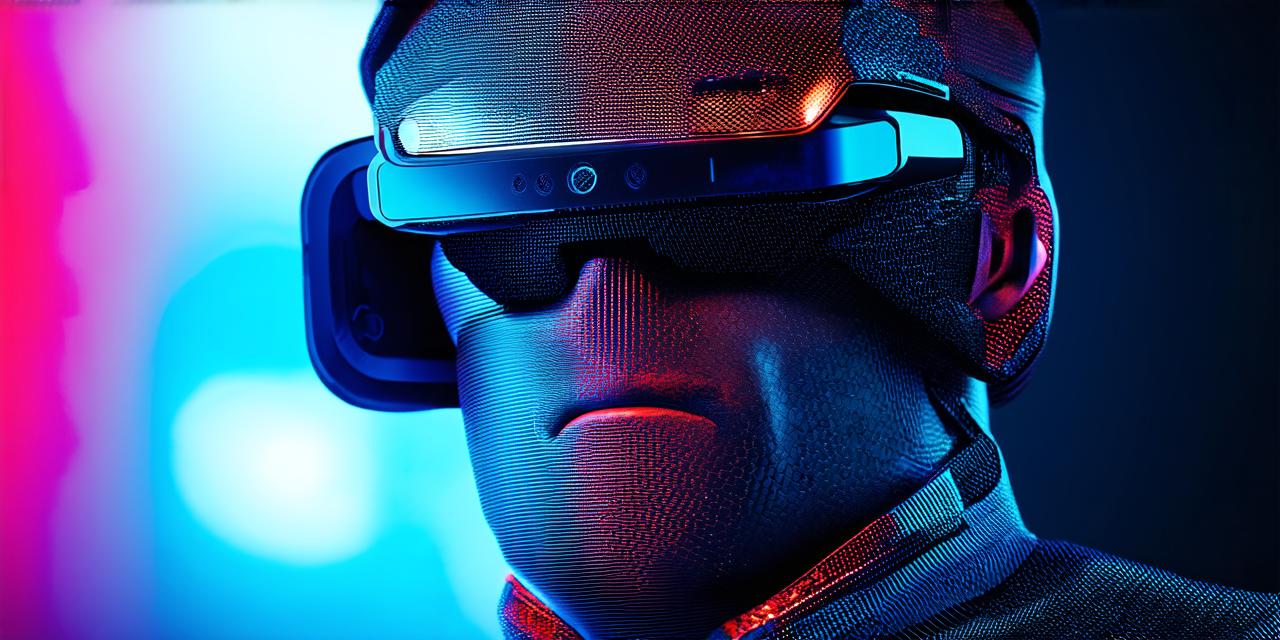Virtual reality (VR) technology has been around for a while now, but it’s only in recent years that it’s started to become more accessible, affordable, and practical. With advancements in hardware and software, VR has emerged as a powerful tool with countless potential applications across various industries.
Immersive Experiences
One of the key benefits of virtual reality is its ability to create immersive experiences that can transport users to other worlds, allowing them to interact with new environments and objects in ways that were previously impossible. This technology has been used in gaming, entertainment, and education, and it’s easy to see how it could be applied in many other areas as well. Imagine being able to virtually visit a museum or historical site without leaving your home, or being able to practice complex surgeries in a safe simulated environment before performing them on real patients.
Cost-Effective Training
Virtual reality can also be used for cost-effective training and simulation. By creating realistic simulations of dangerous or difficult situations, employees can learn new skills without putting themselves at risk. This technology is particularly useful in industries such as healthcare, aviation, and manufacturing, where mistakes can have serious consequences. In addition to reducing costs, virtual reality training can also be more engaging and effective than traditional methods, as it allows users to experience the situation firsthand.
Remote Collaboration
Virtual reality can also facilitate remote collaboration by allowing people to interact with each other in virtual environments. This technology could revolutionize how we work, enabling teams to collaborate on projects without needing to be in the same physical location. Imagine being able to attend a meeting from your home or even your vacation spot, or being able to work with colleagues from different parts of the world in real-time.
Enhanced Marketing and Advertising
Virtual reality can also be used for enhanced marketing and advertising. By creating immersive experiences that allow users to interact with products or services in a unique way, companies can create brand awareness and generate interest in their offerings. This technology could also be used for product demos, allowing customers to try out products before making a purchase.
Summary

In conclusion, virtual reality represents the future because of its ability to create immersive experiences, facilitate cost-effective training, enable remote collaboration, and enhance marketing and advertising. As this technology continues to evolve, we can expect to see even more innovative uses for it across various industries. The possibilities are endless, and it’s exciting to think about what the future holds for virtual reality.
